How to Rewild Your Garden
Rewilding describes how an area can be encouraged to transform back into a more natural state. Let's look at how you can rewild some of your outdoor spaces and welcome back a rich selection of plants, insects and animals.
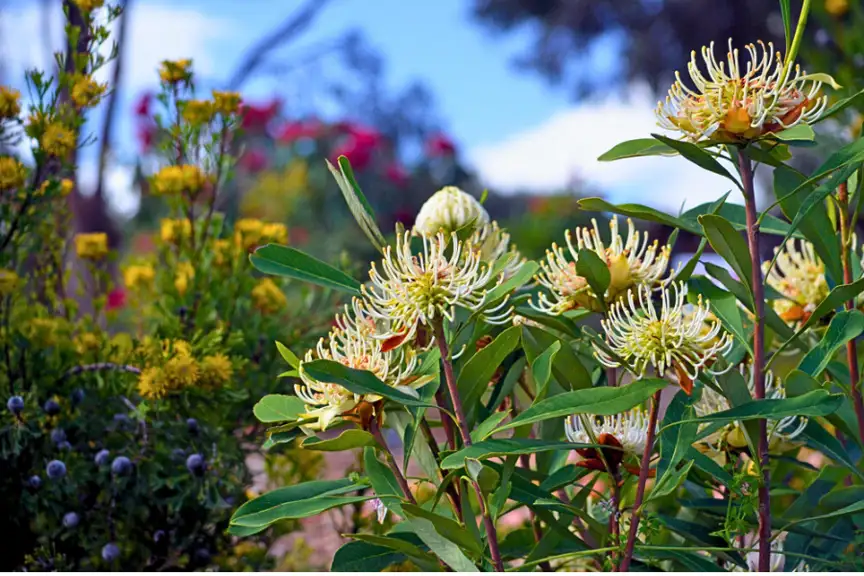
Rewilding describes how an area can be encouraged to transform back into a more natural state. Let's look at how you can rewild some of your outdoor spaces and welcome back a rich selection of plants, insects and animals.

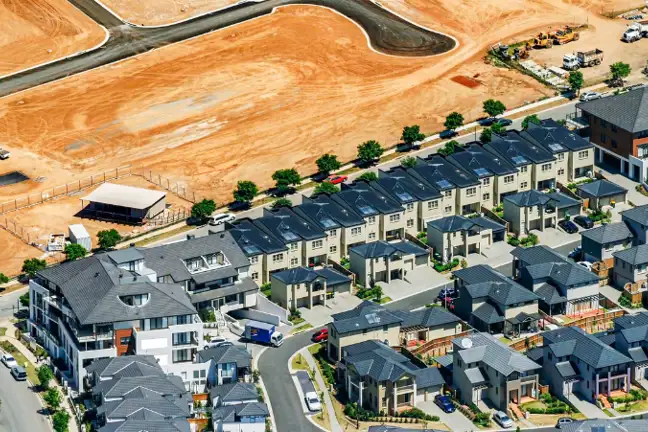
New housing developments will often have every living thing removed, from the tiniest grass to the tallest tree (together with their animal inhabitants) and usually, the life-rich topsoil is removed as well. Many established suburbs are also limited in the range of flora and fauna they host.
No matter how big our space is, we can all play a role in bringing some of the 'wild' back into our gardens and creating homes for a wide variety of plants and animals. Even balcony and courtyard gardens can include a touch of the wild!
Rewilding your garden can help improve environmental sustainability. Increased organic matter content in the soil and using mulches aids soil water retention and reduces water usage in the garden. Making your own compost keeps organic matter out of landfill, helping to reduce the creation of greenhouse gases like methane. And growing more plants, as well as improving soil health, helps foster improved biodiversity.

Soil microorganisms and invertebrates (such as Earthworms) are mighty helpers in the garden and an important part of promoting a more natural garden and healthy soil. They feed on organic matter, so it's important to regularly add organic matter to the soil. Click here for a Beginner's Guide to Soil & Soil Improvement.

A good source of organic matter is Yates Dynamic Lifter Soil Improver & Plant Fertiliser - an organic-based product suitable for use in organic gardens. The pellets can be mixed into the soil when planting new plants and applied around garden beds.
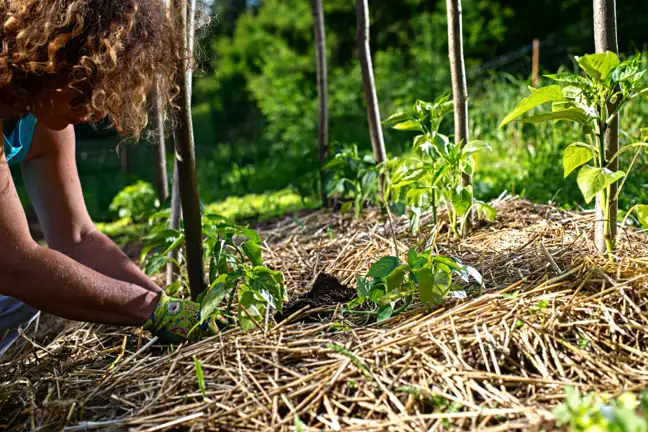
Using organic mulches, such as bark chips and straw, should also be used. They help protect the soil surface and as they break down, add valuable organic matter to the soil.
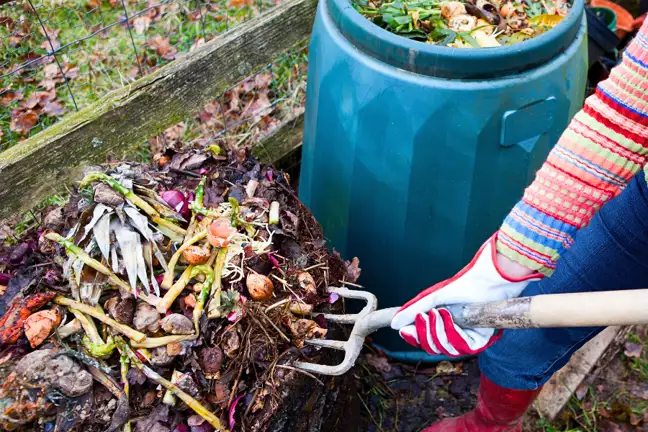
Start a compost pile, bin or tumbler at home, to turn garden prunings, lawn clippings and kitchen scraps into homemade compost. Adding compost to the soil helps improve soil structure and health. Click here for How to Make Your Own Compost.
The broader the range of plants you include in your garden, the 'wilder' it will be and the more diverse the insects and animals you'll attract.
Grow plants that are naturally growing, or used to naturally grow, in your area - including threatened species. Not only will you be giving back to your local environment, but you will also find these plants are much easier to grow because they are adapted to your area. Check with your local native plant nursery for recommendations.
Grow layers of a range of different types of plants, from taller trees and dense shrubs to low-growing grasses and ground covers. This helps to replicate a more natural environment.
Even in small spaces and balcony gardens, you can plant a range of compact plants, including Australian natives, which can be grown in pots such as Kangaroo Paws, and dwarf Wattles, Lilly Pillies, and Banksias.
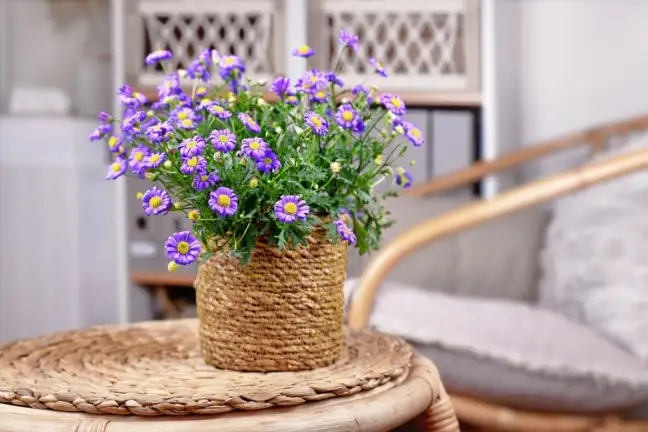

Include Australian native plants that produce flowers, fruits, seeds, nuts, or cones, to provide a source of food for a variety of insects and wildlife. Include plants in your garden that produce at varying times of the year. This will provide an ongoing source of food for birds and insects.
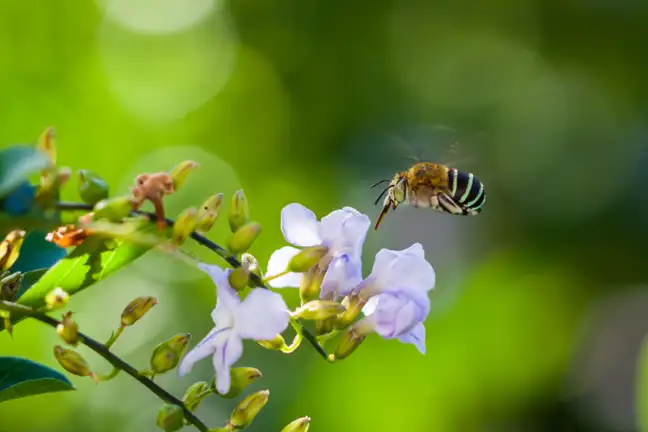
Nectar-feeding birds - like Honeyeaters and Lorikeets - love Australian native plants like Bottlebrush, Banksia, Grevilleas, Kangaroo Paws and Eucalypts.
Annual flowers found in seed mixes like Yates Bee Pasture Pollen & Nectar Mix and Yates Butterfly Field Beneficial Insect Mix are a colourful way to attract Bees, Butterflies and other pollinating insects into your garden. Consider turning part of your lawn into a wildflower meadow! Click here for How to Create a Garden for Bees & Beneficial Bugs.
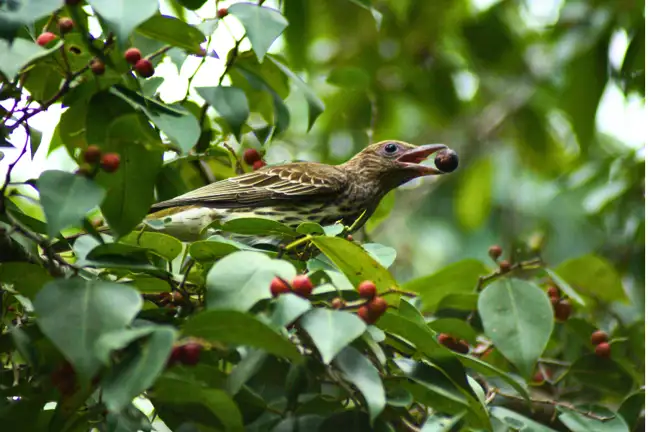
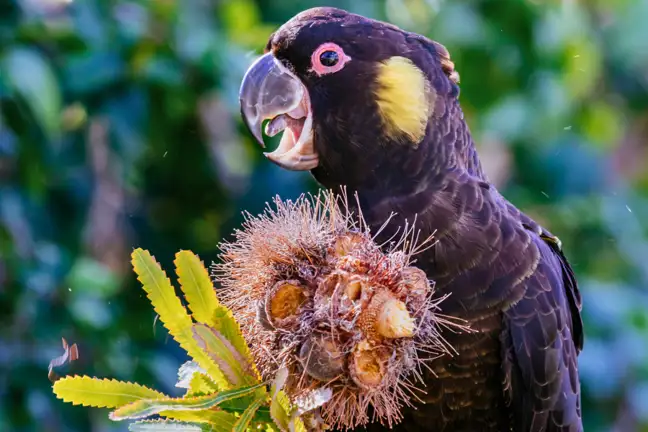
Birds (especially Parrots) and insects feed on various seed, nut or cone-producing plants such as Acacias (Wattles), Banskias, Dodonea, Hakeas, Casuarina and Allocasuarina, and native grasses such as Lomandra and Kangaroo Grass (Themeda australis).
It's important to provide wildlife with safe spaces and nesting material so they can call your garden home.
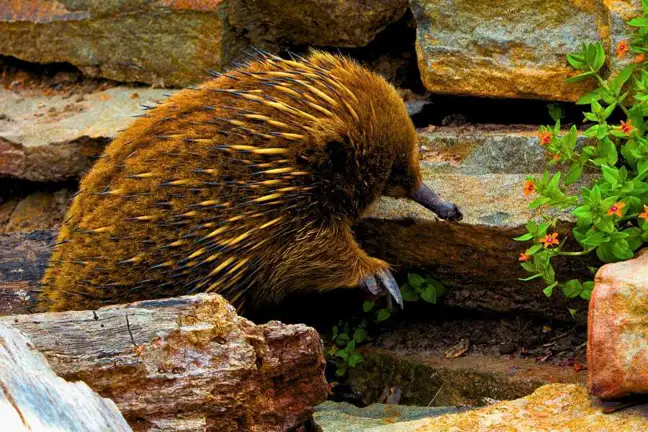
Echidnas, Frogs, and Lizards - such as Blue Tongue Lizards, Geckos and Skinks - can shelter in hollow logs and rock caves. Lizards and other reptiles can also bask on warm rocks.
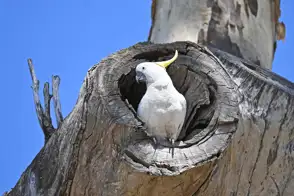

Dense foliage including hedging, shrubs, and clumps of grasses like Lomandra and Dianella will be appreciated by birds like Bower Birds and especially small birds like Wrens.
Fine-leafed grasses, like Purple Fountain Grass, make lovely soft nest material for birds like Finches.
Before completely cutting down dead trees, consider keeping the trunk and cutting off the branches. The branches will soon be hollowed out by nesting birds like Cockatoos and Lorikeets, and some Lizards. If tree hollows are not available nearby, try installing a nesting box.
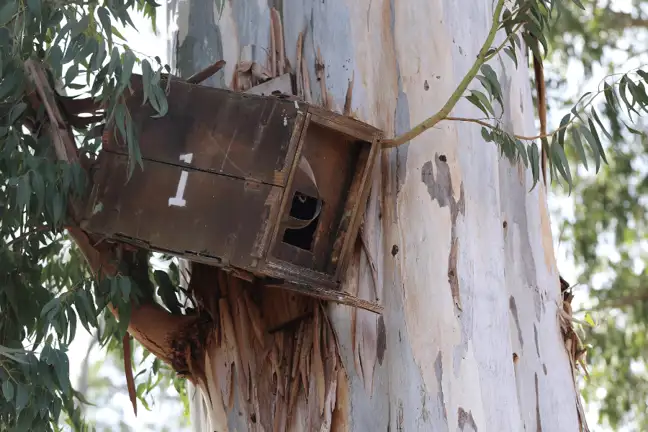
A source of water is also vital for your other garden visitors, including birds. Insects like Bees and Wasps will benefit from a shallow dish of water that they can safely land on and drink from.
Water will also attract beneficial insects like Dragonflies, which devour insects like Flies and Mosquitoes.
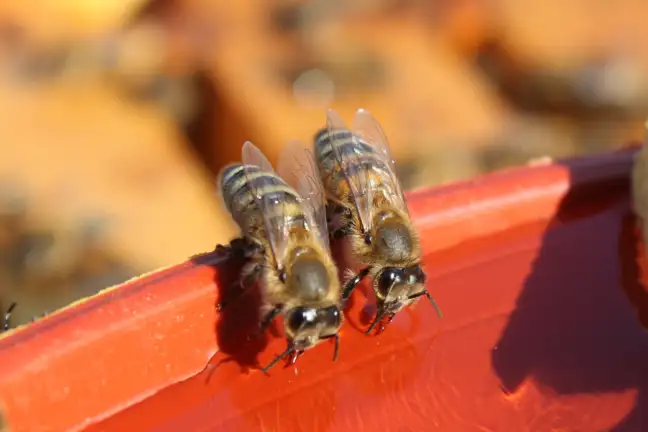
Give frogs, birds, insects and other animals a reliable source of drinking water and habitat with bird baths and ponds. You can also add some aquatic or semi-aquatic plants to your pond.
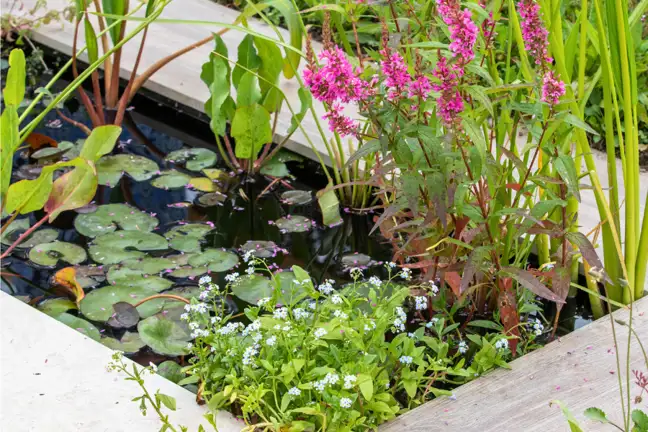
Some Bromeliads grow in a rosette shape and their leaves fill with and hold on to water. This water-well provides water to insects and frogs.

Weeds compete with wanted plants and are also a haven for garden pests like Aphids.
As soon as you notice weeds in your garden simply pull or dig them out by hand. If there are too many to manage spray weeds with Yates Zero Naturals Weed & Moss Killer - made with natural active ingredients clove oil and acetic acid.

Not all exotic (non-native) plants are bad. However, some are weedy and spread into native bushland, some are poisonous, and others injure wildlife! The best thing to do is to remove and destroy the plant.
A particularly problematic plant is the common Cocos Palm (Syagrus romanzoffiana). This plant seeds easily and is an environmental weed. The fruits are poisonous animals including dogs and bats. Animals (especially bats) are attracted to the fruit and become injured by the leaves and flower parts.
Garden predators are microbes and animals that prey on others. Predatory animals can be small "good bugs" (invertebrates) or large animals (vertebrates). Some predators live in the soil, while others live above ground.
Soil-dwelling microbes include fungi, bacteria, oomycetes (fungi-like organisms) protozoa, and nematodes.
Examples of soil-dwelling "good bugs" include Platyhelminthes, Centipedes, and Predatory Mites.
Examples of above-ground-dwelling "good bugs" include Spiders, Predatory Wasps, Lacewings, Hoverflies, Assassin Bugs, Preying Mantis', and Ladybirds and their larvae.
Examples of good animal predators include Lizards, Frogs, Birds (such as Magpies, Kookaburras, and Noisy Miners), and Echidnas.
Keep it interesting and healthy! Use a variety of different types of organic materials such as manures, compost, fish meal, blood and bone, etc. This will help to keep a good balance of microbes. Yates Dynamic Lifter Soil Improver & Plant Fertiliser contains chicken manure, fish meal, seaweed, and blood and bone which is great for soil health. For more great tips on how to keep your soil healthy go to Beginner's Guide to Soil & Soil Improvement.
Once you have good soil and a balance of microbes, the "good bugs" will soon follow.
Once you've provided animals with good soil, nesting materials, places to shelter, and food and water sources, insects and animals will naturally come. These will soon be followed by good predatory bugs and animals creating the perfect rewilded ecosystem.
"Good predatory bugs" also feed on flowers, so be sure to grow flowering plants.